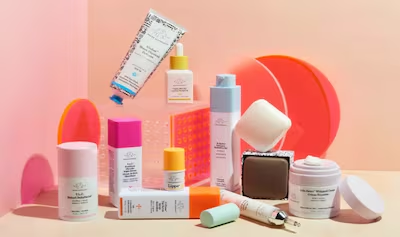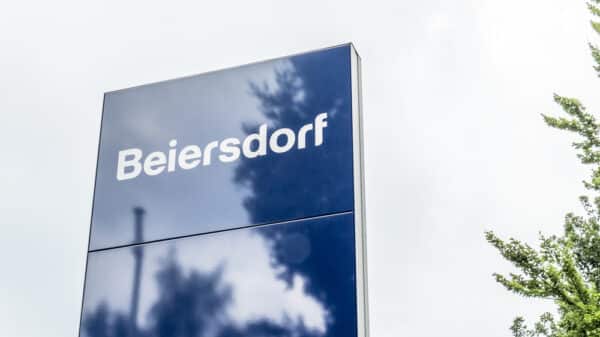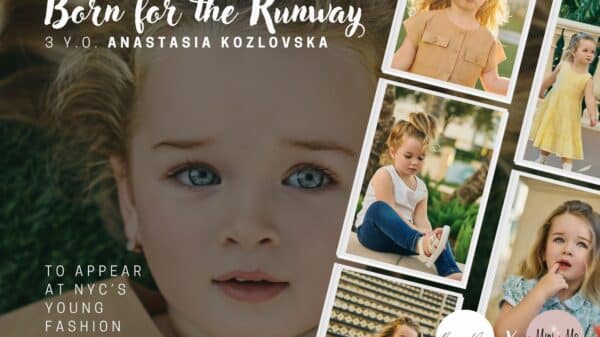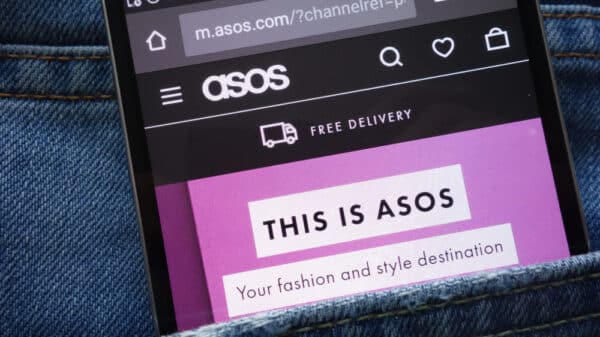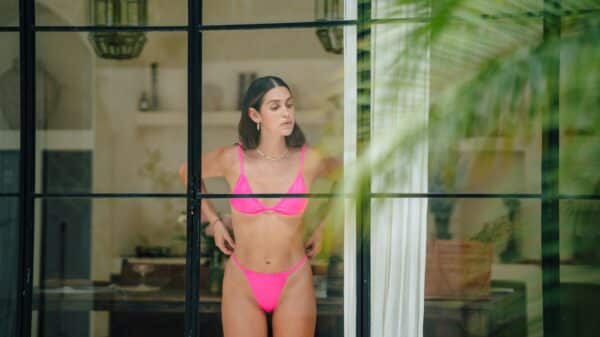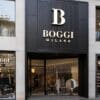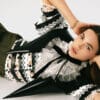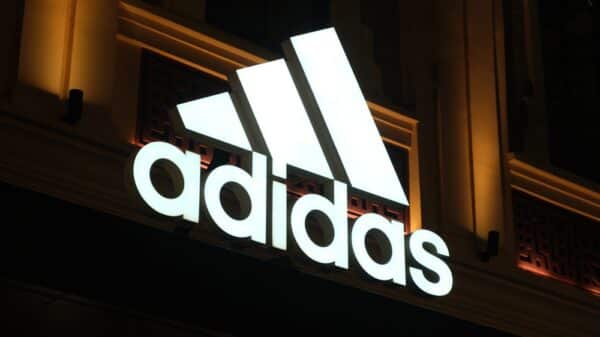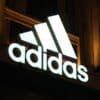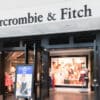Hello again, beauty enthusiasts! After a considerable delay, I’m back in New York from LA. I want to extend my heartfelt gratitude to everyone who attended our recent community event at the Living Room alongside Amazon Beauty; it was an unforgettable night filled with engaging conversations and the vibrancy of independent beauty founders. A special thanks also goes out to those who joined us for the executive roundtable with TikTok at Hotel Chelsea. I’m looking forward to seeing you at the next gathering!
A Drunk Elephant Comeback?
This week, Drunk Elephant’s parent company, Shiseido, unveiled plans centered around enhancing profitability in the Americas, with a significant focus on the once-celebrated brand. Projections for a comprehensive brand repositioning of Drunk Elephant are set for 2026, which will involve reducing channel inventory and overall costs.
Since its acquisition in 2019, Drunk Elephant has faced some hurdles. Even prior to the influx of Gen Z consumers through retailers like Sephora and Ulta Beauty, the brand’s appeal had waned amidst numerous competitors. While it briefly grabbed attention due to its vibrant packaging, concerns emerged regarding the suitability of its products for younger users, leading to fluctuating interest.
As Shiseido strategizes to recapture the interest of Millennial and Gen-X consumers, questions arise about the brand’s identity without its founder, Tiffany Masterson. The brand’s evolving narrative and target audience remain ambiguous.
Here We Go Again

In other news, Daniela Morosini recently shared insights about Carisa Janes’ luxurious new line, Outside In. Janes, known for founding Hourglass, reportedly developed the intellectual property for this line years prior, which includes products such as foundation, a coordinating brush, and nourishing face oil, long before Hourglass was acquired by Unilever in 2017.
Janes is just one among many beauty entrepreneurs launching new ventures, including Urban Decay’s Wende Zomnir (Caliray), Stila’s Jeanine Lobell (Neen), and Too Faced’s Jerrod Blandino and Jeremy Johnson (Polite Society). Bobbi Brown’s Jones Road stands out as the most remarkable success among these new endeavors. This trend illustrates that after selling their original brands, many founders are indeed seeking fresh opportunities within the beauty sector.
Reflecting on my background, I didn’t grow up in an entrepreneurial environment; my parents were educators. However, it’s intriguing to consider whether the trend of family businesses being passed down is waning in our current beauty landscape. Perhaps many founders are driven by a need to create additional revenue streams post-sale. Beauty founders often proclaim their brands are their life’s work, but many are now proving that they can innovate and evolve, sometimes for better or worse.
Next, let’s discuss the essence of risk-taking within the beauty industry.
Patrick Starrr’s One/Size and the Power of Innovation

During my week in LA, I encountered some of the most remarkable independent beauty brands. One name that consistently stood out was One/Size, the brand created by famed influencer Patrick Starrr. Launched just five years ago, One/Size has made significant strides, claiming a spot as one of the top-five brands at Sephora US, along with offering the best-selling SKU in both prestige and mass markets with its On ’Til Dawn waterproof setting spray.
Upon its debut in 2020, One/Size made waves with its inclusivity, following in the steps of Fenty Beauty’s celebrated shade range. Interestingly, while foundation is pivotal for many brands, One/Size garnered unparalleled attention through its products, particularly the setting spray.
Setting sprays might seem trivial since they serve as a finishing touch to other makeup products, but One/Size has effectively reinvented this category. Not just the On ’Til Dawn spray, but also variations with SPF and the Powder Melt Glass Setting Spray have gained popularity. Their recent introduction of the Bouclé Silk Airbrushed Talc-Free Finishing Powder—which is notably challenging to perfect without talc—has also positioned itself as a top contender.
While hero products are essential in beauty, brands must be willing to innovate and explore new avenues constantly. One/Size exemplifies this risk-taking mentality, leading the charge in a landscape often criticized for lacking excitement.
According to recent insights from the brand, they’re projected to achieve $150 million in revenue this year, a clear increase from $115 million last year. This impressive growth trajectory has influenced other brands to follow suit with their own setting spray products.
Retail relationships significantly influence trends in beauty, often at the expense of individual brand identities. However, brands like One/Size demonstrate that by taking calculated risks and innovating, they can stand out even during less glamorous beauty moments.
With so much noise around beauty becoming stale, it’s crucial to emphasize that the demand for fresh ideas is stronger than ever.
What I’m Reading
I recently enjoyed an insightful piece by my friend Charlotte Cowles from The Cut, discussing why an increasing number of women are resorting to GLP-1s to gain an edge in the workplace. [The Cut]
On a different note, DC surgeons are experiencing a surge of clients from the MAGA crowd in Mar-a-Lago who seek cosmetic procedures to enhance their appearance. [Axios]
The global influence of K-Beauty continues to dominate discussions, and The Times has delved into this compelling trend. [The New York Times]
Lastly, my colleague Rachael Griffiths is investigating whether luxury brands can truly capture the haircare market as consumer interest in premium shampoos is evolving. [The Business of Beauty]
As the beauty landscape continues to evolve, I remain optimistic and vigilant, eager to uncover fresh insights and trends. Thank you for your continued support!

